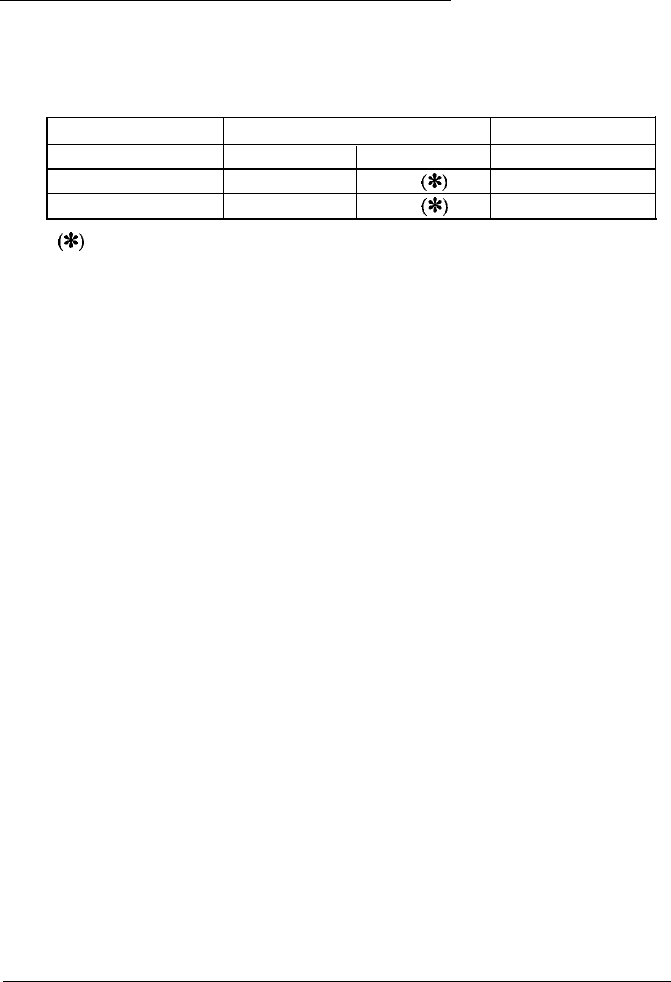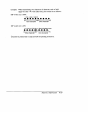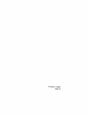
Notes On Number of Printable Columns
When DIP switch 2-2 is set to ON to increase the number of printable
columns, the number of dots and the printable area is as shown below. The
OFF setting is shown for comparison.
Number of Horizontal Dots/Character
DIP switch 2-2 setting
7 X 9 Font 5 X 9 Font
Printable Area/Line
OFF
10
12
c*:)
400
ON
9
11
t*c)
385
(*) The
5
X
9 font uses 6 normal dots for one character, but the printer
processes the data as 12 half-dots in the print buffer. Therefore, in this
case the printer processes the data as 11 half-dots for one character.
There are restrictions when DIP switch 2-2 is ON, as follows:
1) The printable area for one line is decreased.
Setting DIP switch 2-2 to ON increases the number of printable
columns per line but decreases the printable area for one line. Be sure
to note the end position of a line and the number of dots for bit-images.
2) The 10th dot is not printed in the 7
X
9 font.
The 7
X
9 font uses 10 half-dots for one character. However, when
DIP switch 2-2 is ON, the printer does not print 10th dot, since the
number of printable dots in this setting is 9 and the 10th byte is
truncated. Therefore, the 10th dot in some characters is not printed
during extended graphic character printing.
This applies to the character for which dots are defined for the 10th
byte.
3) The printing results may differ even if the same data is printed.
The printer cannot print horizontally adjacent dots. Therefore, the
printing results may differ even if the same character codes are
transmitted, since the dots placed on the borderline between characters
differ depending on the DIP switch
2-2
setting. Particularly in line
drawings, a line may be broken when DIP switch 2-2 is ON.
4-12 Reference Information


















